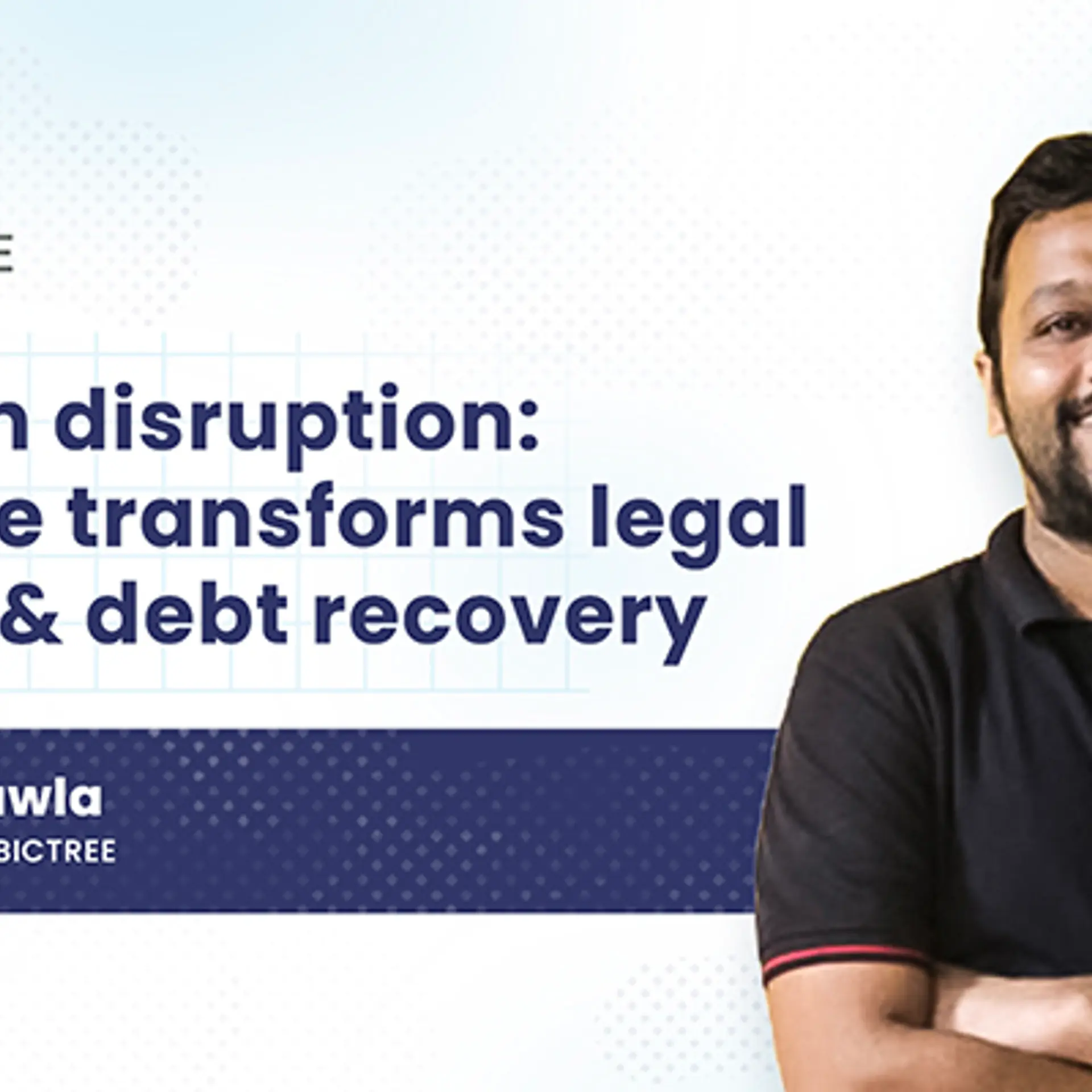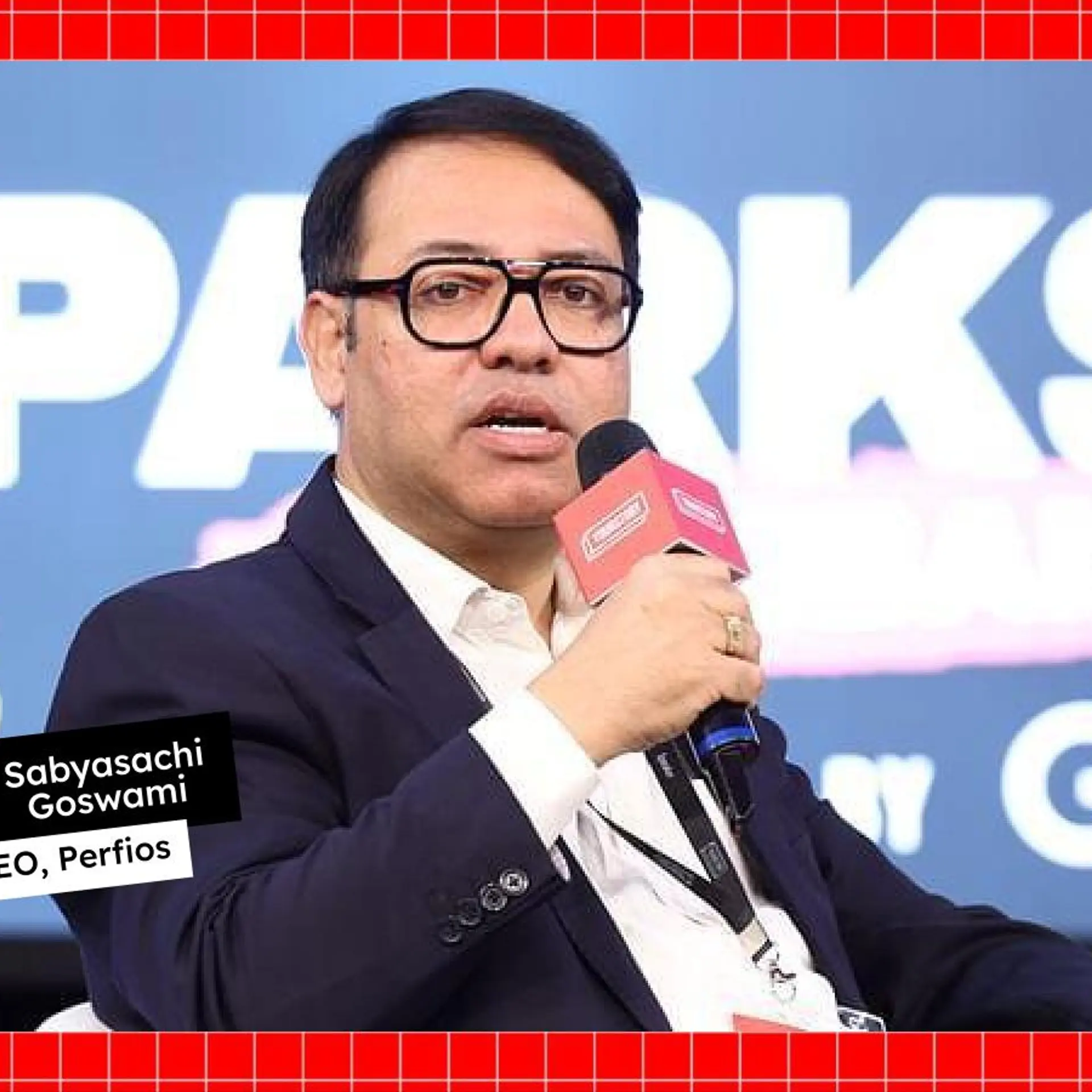How to clear the funding fog in your head as a founder
At YourStory’s flagship event TechSparks’ maiden Mumbai edition, funding experts came together for a panel discussion to help assuage founder worries around funding.
As a bootstrapped startup founder, it is often difficult to figure out the right time to raise funds. So we asked Nilesh Kothari, Managing Partner, Trifecta Capital, about how and when an entrepreneur thinks, ‘Okay! It’s time to seriously look at raising funds!’
“The right time is when you’ve understood the market opportunity, you’ve got a broad sense of the problem you’re trying to solve, you know who your customer is going to be. You may or may not have tested the product but it's enough to get you excited to commit the next 10-15 years of your life to build something,” he said, at TechSparks’ first Mumbai edition
It is important to know that raising external capital is a big responsibility, not just being a trustee for that capital, but also knowing that there is someone else you have to carry along for the next 10-15 years. “So if one is generally feeling good about some of these things, it’s perhaps time to start looking out for capital.”
Kothari also stressed on the adage, ‘no guts, no glory’ and that the world of startups is “one big adventure” so one has to have ‘guts’ before venturing into it.
Debt versus equity
The debt versus equity ratio is often a contentious one and one that often puzzles founders. So what is the right mix? And since it’s definitely not a one-size-fits-all aspect, how does one determine the right mix for them?
Vikram Gupta, Founder and Managing Partner, Advisors Private Limited, weighed in.
“I am looking at it from a founder’s perspective – equity is the most expensive at any point of time so I want to be very careful who I am sharing it with. At the same time, debt has a responsibility, it is something you have to return. Make sure if you are taking debt you know that your business fundamentals are such that you’ll be able to return that money,” he said.
So therefore typically from seed to Series A even the debt guys don’t show interest. So basically if you look at venture debt at the early stages it’s very hard, banks don’t touch you even at Series B or Series C. So it’s the right stage for Series A and Series B for venture debt guys to not just bring the capital but bring the equity mindset in terms of value add so I think one has to define the optimal mix as they move along in their journey.”
According to Gupta, at Seed to Series A, founders perhaps have no other option but to go the equity way. Series A onwards one can have a smaller portion of debt. Series B onwards the entrepreneur’s debt proportion can start increasing and, as the business starts getting more cash, they’ll have a “better kind of an optimal mix” that one can create in terms of venture debt or other forms of debt as well, he advised.
Gupta also touched upon why the right mix continues to be an ongoing debate and always will be. As founders start setting up their business from scratch and the business goes through a cycle, there are different stages of evolution - from Seed to Series A to Series B and all the way to going public.
Multiple stages mean different kinds of risks at every stage, and there’s the added layer of every business being different and having different kinds of cash flow requirements, scaling potential, and capital efficiency models.
While the debate rages on, Gupta broke it down very simply for founders. “Think of it as one number, say you need $50 million or $30 million to build your business over the next few years. A certain portion of it should always be debt that helps you bring the cost of capital down because equity notional cost of capital is 30%, debt notional cost is 10-11%.
“So any amount of debt you infuse in your capital structure will bring your cost of capital down and improve the return on equity for all shareholders, not just for yourself. So think of it like if I need $50 million, can $10-15 million of it be debt?”
He reminded founders to be always mindful of the fact that with every round of institutional equity they should look for debt, irrespective of whether they get it or not. This he believes brings in “a lot of discipline” in the company, and allows the entrepreneur to focus on cash flows.
“It actually strengthens how a company is run and helps the founder with less dilution, also accretive and value creative for all shareholders, including investors.”
Dilip Gopinath, Director and Country Lead Tech - Commercial Banking, HSBC, also shared his thoughts on a topic that often keeps founders up at night.
“Alluding to what Vikram said I think it’s the stage…probably at early stage, Seed, pre-Series, you’ll not get a debt guy to come because of cash flows. A debt guy will come when you have cash flows to repay.
“So you’ll not get debt at the early stages. At HSBC, we also give small form of debts without deposits in the form of corporate card to very early-stage companies. Obviously, they have to be revenue generating because most early-stage startups are digitally native in terms of all their payables are online. We come in with a little amount of debt. I was talking to 100X.VC here and they started by giving Rs 15-20 lakh cheques to early-stage startups, and we do that even though we are a bank.”
Gopinath, like Gupta, stressed on cash flows, which give the founder a better sense of how they are going to repay the money.
“Obviously you're still ebitda (earnings before interest, tax, depreciation, amortisation) negative, but we come in at Series A stage as a bank,” he said, adding that venture debt comes in even earlier but it’s about “the stage”. “When do you think you are ready because responsibility is higher when you take debt. There is responsibility to equity folks also but it’s more about looking at the certainty of the cash flows, how much are you looking to leverage on your equity to take debt.”
Gopinath also highlighted the fact that banks today in general look at coming to startups slightly early in their life cycles so that they are able to grow along with them and support them in whatever manner possible.








